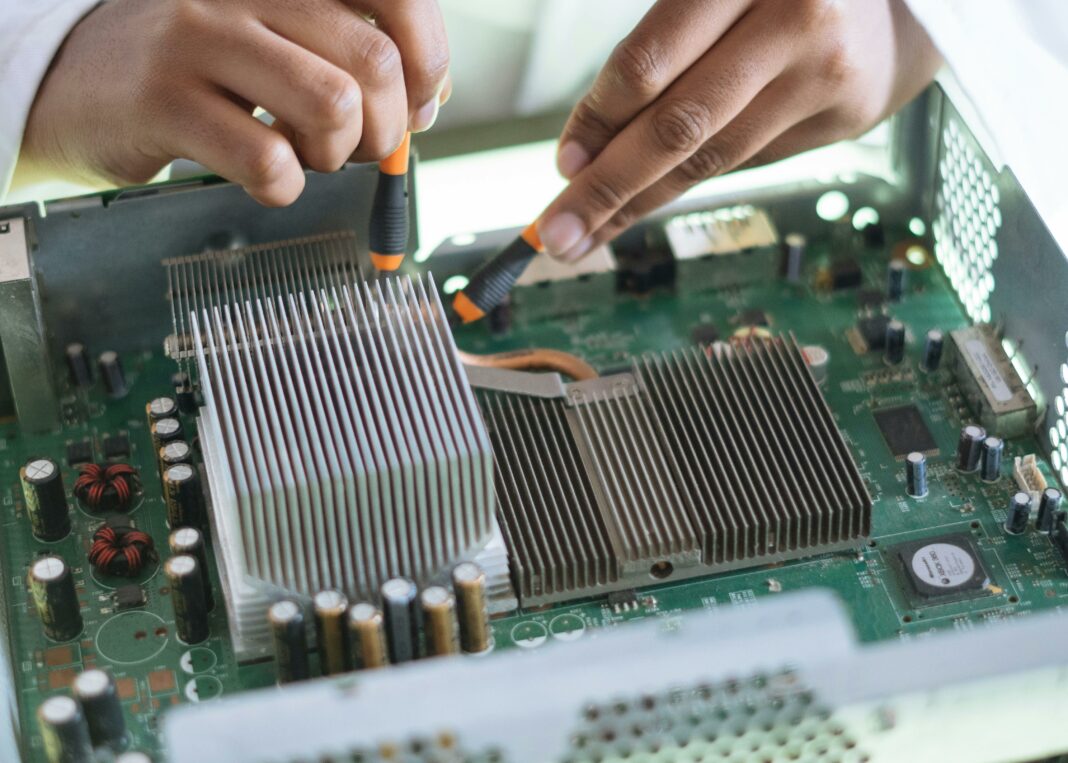Embarking on the journey of creating your own electronics lab can be both an exhilarating and daunting task, especially when budget constraints come into play. However, with a bit of ingenuity and careful planning, it’s entirely possible to assemble a fully functional electronics workspace without breaking the bank. This guide will walk you through the essentials of building your own electronics lab on a budget, focusing on maximizing value without compromising on quality.
Securing a Space
The first step towards building your lab is securing a space. This doesn’t have to be extensive; a small desk or a dedicated corner in a room can suffice. The key is to ensure that the space is well-organized and free from unnecessary clutter. Good lighting and ventilation are also crucial to ensure a comfortable working environment.
Acquiring Basic Tools on a Budget
Essential tools for any electronics lab include a soldering iron, wire cutters, and a multimeter. While it might be tempting to go for the cheapest options, opting for slightly higher-quality tools can save you money in the long run as they tend to last longer. Keep an eye out for second-hand or gently used tools which can be significantly cheaper and still in good condition.
One tool that cannot be overlooked is the oscilloscope probe, essential for diagnosing and measuring electronic signals with precision. Understanding how to effectively use an oscilloscope and its probes can significantly enhance your electronics projects, making it a worthwhile investment for your lab.
Understanding Your Needs
Before diving into purchases, it’s crucial to assess what your specific needs are. Are you a hobbyist looking to explore basic circuits, or are you planning to dive into more advanced projects like microcontroller programming or even robotics? Identifying your goals early on will help you prioritize what equipment you need to start with.
Component Sourcing Strategies
Components like resistors, capacitors, LEDs, and microcontrollers are the building blocks of your projects. Buying these in bulk can lead to substantial savings. Another savvy strategy is to salvage components from old electronics. Not only does this approach save money, but it also encourages recycling and offers a hands-on way to learn about different components.
Learning Resources
In today’s digital age, a vast amount of learning resources are available online, often free of charge. Websites offering free courses, tutorials, and project ideas can be invaluable for those building their skills. Don’t underestimate the power of community; forums and online groups can provide support, answer questions, and offer insights from experienced electronics enthusiasts.
Software Tools
Several software tools are essential for designing circuits, simulating designs, and programming microcontrollers. Fortunately, many of these tools are available for free or have robust free versions. While they may not have all the features of their commercial counterparts, they are more than capable of meeting the needs of beginners and intermediate users.
Making the Most Out of Limited Resources
Working with a limited budget encourages creativity. Repurpose and reuse where you can. An old television stand can become a workbench, and household containers can be adapted for component storage. Learning to DIY tools and adapting what you have can extend your budget further than you might expect.
Expanding Your Skill Set
As your lab takes shape and your projects become more complex, consider investing time in learning advanced skills such as PCB design and 3D printing. These skills can open up new possibilities for customization and sophistication in your projects. Online platforms and community colleges often offer courses at minimal or no cost.
Ongoing Development and Community Engagement
Building your lab is just the beginning. Engaging with the electronics community through hackathons, workshops, and maker fairs can provide inspiration and keep your skills sharp. Such events often offer opportunities to collaborate on projects, learn from more experienced makers, and even find resources for your lab.
Sustainability Practices
As you accumulate more tools and components, consider implementing sustainability practices in your lab. Properly recycling old electronics, minimizing waste, and conserving energy not only reduces your environmental footprint but also saves costs in the long term. Innovative solutions like solar-powered tools or energy-efficient lighting can further align your electronics lab with eco-friendly principles.
Conclusion
Building your own electronics lab on a budget is a highly rewarding endeavor that fosters creativity, enhances problem-solving skills, and broadens your understanding of the physical world. With a focus on strategic purchasing, leveraging free resources, and being creative with what you have, you can create a versatile and functional lab that serves your needs without requiring a significant financial investment. Embrace the journey of discovery and innovation, and enjoy the process of bringing your electronic creations to life.


